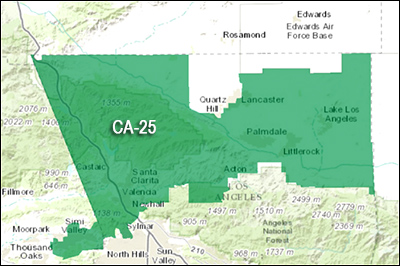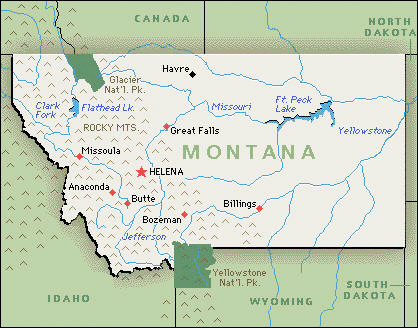
Georgia Rep. Doug Collins – surging ahead?
March 31, 2020 — A new Battleground Connect tracking poll of the Georgia Senate special election race finds Rep. Doug Collins (R-Gainesville) beginning to pull away from the jungle primary field. According to their one-night flash poll (March 24; 1,025 likely Georgia jungle primary voters held concurrently with the Nov. 3 general election), Collins has opened up a 16-point advantage over the top Democrat and expands to a full 20-point margin over appointed incumbent Kelly Loeffler (R). The Battleground Connect survey finds Collins recording 34 percent support followed by businessman Matt Lieberman (D), son of former Connecticut senator and 2000 Democratic vice-presidential nominee Joe Lieberman, with 18 percent and Sen. Loeffler only posting 14 percent preference. The remaining candidates, Baptist minister Raphael Warnock (D) and former US attorney Ed Tarver (D) record 13 and 5 percent, respectively.
This latest track is one of four March polls that Battleground conducted. All had 1,025 respondent sampling universes and each were one-night surveys. In their first poll, conducted on March 7, Rep. Collins’ margin over Sen. Loeffler was 29-20 percent, with Democrats Lieberman, Warnock, and Tarver trailing consecutively with 16, 12, and 5 percentage point support. Since that time, there has been a net 11-point drop in support for Loeffler vis-à-vis her position against Rep. Collins.
Additionally, Sen. Loeffler’s personal favorability index has also dropped precipitously throughout the survey series. Originally, the March 7 poll found that 38.5 percent of the Georgia electorate had a positive opinion of the appointed senator while virtually the same number held a negative impression (37.8 percent). The latest March 24 poll produced a much different finding.



 March 25, 2020 — Gov. Greg Abbott (R), who moved the Texas run-off from May 26 to July 14 this past Friday night means that 16 federal contests – one Senate and 15 House races – will have a longer secondary campaign cycle. In Texas, if no candidate receives majority support in a partisan primary the top two finishers from the particular party advance to a runoff election.
March 25, 2020 — Gov. Greg Abbott (R), who moved the Texas run-off from May 26 to July 14 this past Friday night means that 16 federal contests – one Senate and 15 House races – will have a longer secondary campaign cycle. In Texas, if no candidate receives majority support in a partisan primary the top two finishers from the particular party advance to a runoff election.
